RFID Tag Installation: Key Steps for Efficient RFID Identification
466provide detailed analysis from the perspectives of installation preparation, methods, and precautions.
MoreAll RFID Product
Imagine each item in your warehouse having a little “voice” that can talk to your system. That’s what RFID does. Instead of scanning barcodes one by one, RFID tags automatically communicate with readers. The moment a pallet moves, or a box passes a dock, your system instantly knows where it is.
For software providers, this means plugging those “voices” into your WMS or ERP so managers can make fast decisions without chasing down every single item.
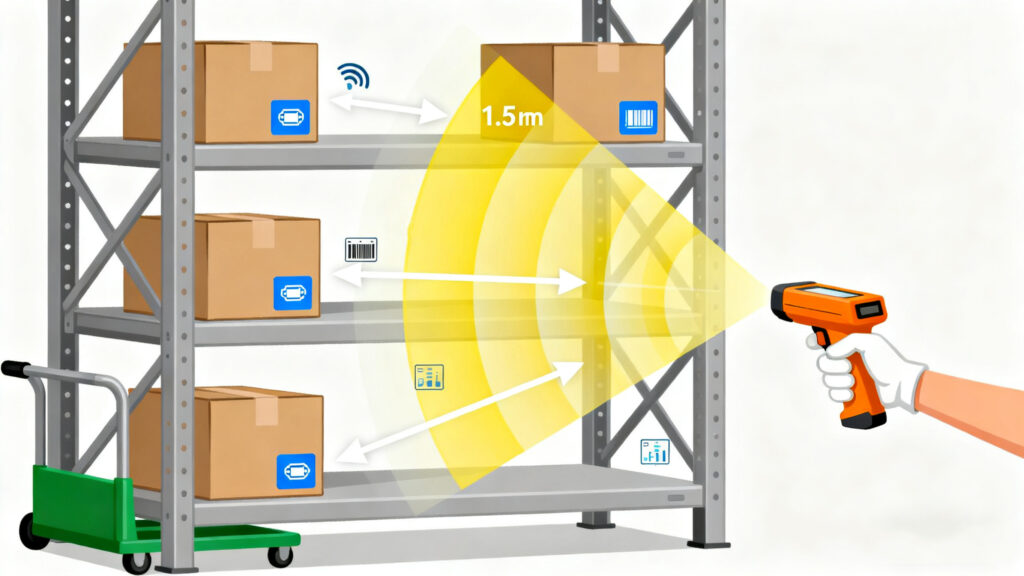
RFID really shines when it comes to cutting down manual work:
For software providers, all this data flows into dashboards so managers can spot issues quickly and fine-tune warehouse workflows.
Software systems need to handle both, interpret signals, remove duplicates, and update the WMS in real time.
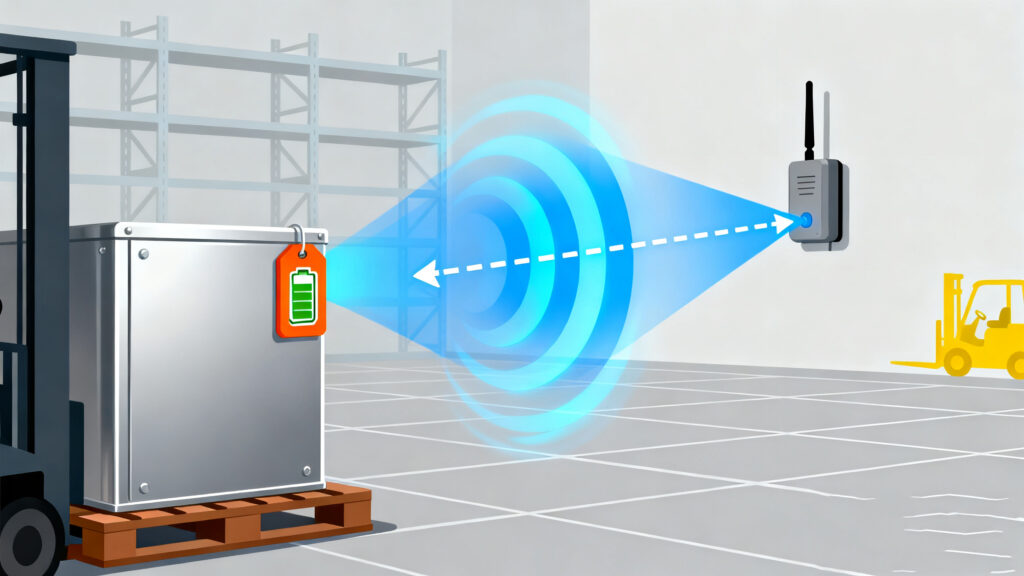
RFID isn’t magic. There are a few things to consider:
RFID cuts down human mistakes in a few key ways:
Software providers can turn these signals into automated rules, alerts, and dashboards that make it easy to act fast.
Yes, you don’t have to scrap your WMS or ERP. RFID readers feed signals to your system, which then:
APIs and dashboards let managers see what’s happening in real time, instead of waiting for manual updates.
Barcodes are fine for small operations, but RFID is a game-changer when things scale:
For software providers, this is the sweet spot—you can build dashboards, predictive alerts, and optimization tools on top of raw RFID signals.
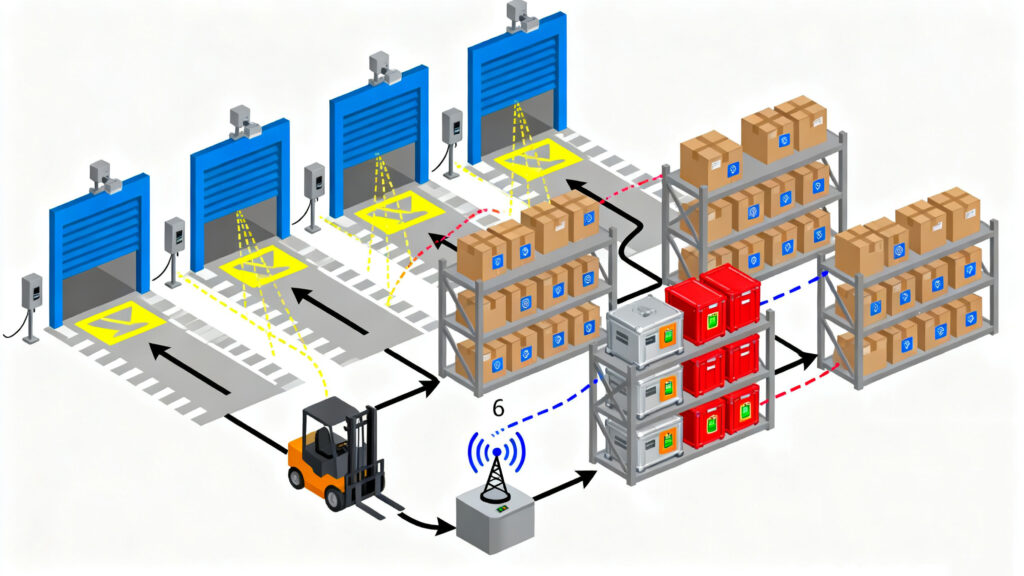
Raw RFID signals are like chatter—you need software to turn it into useful information:
Without this layer, RFID tags just “talk”—no one’s really listening intelligently.
RFID is more than a tracking tool—it’s a way to make smarter, faster decisions in a warehouse. Managers can see bottlenecks, predict shortages, and improve storage layouts. For software providers, it’s an opportunity to offer dashboards, workflow automation, and predictive analytics that turn RFID signals into actionable insights.
With the right software, warehouses aren’t just reacting—they’re proactively managing operations. Passive and active RFID tags combined with smart software give real-time visibility, reduce errors, and optimize labor. In short, RFID plus software is a powerful, connected warehouse strategy.
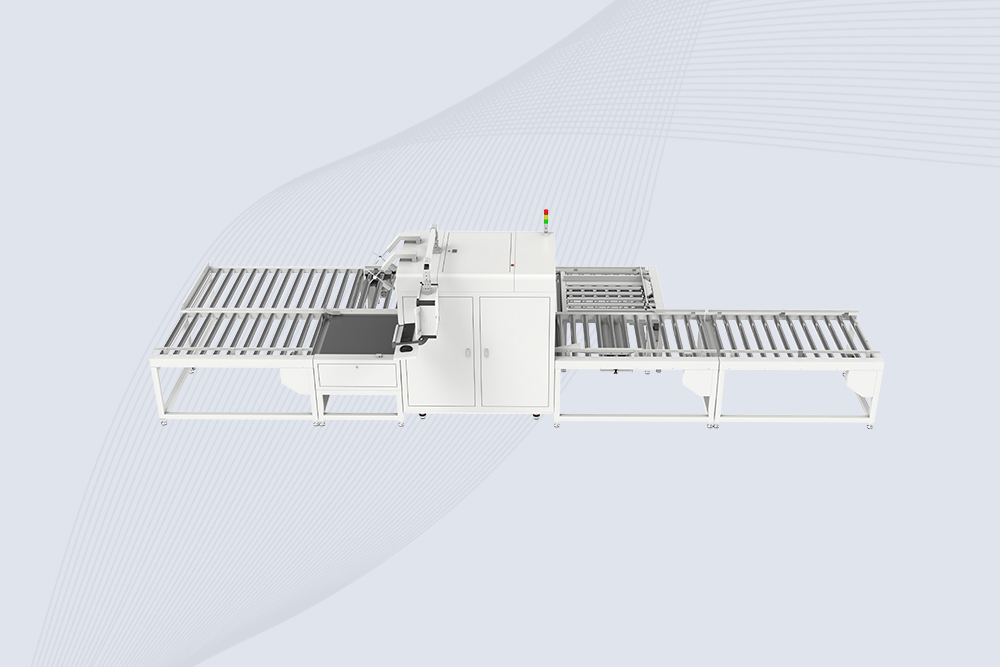
Cykeo CK-TP2A RFID tunnel reader verifies 400+ items in 3 seconds. Integrates RFID, barcode, weighing, and automated sorting for warehouse logistics. Boosts accuracy to 100%.
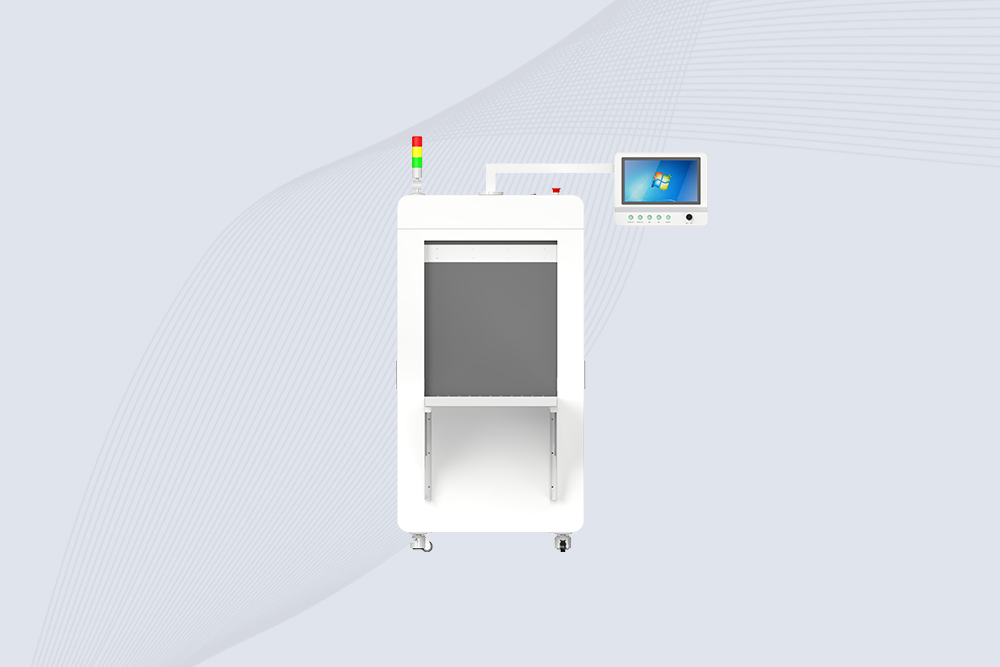
Cykeo CK-TP2D compact RFID tunnel scanner reader offers enclosed scanning with auto-shutter door and IR-activated conveyor. Ideal for mid-scale warehouse inventory management.
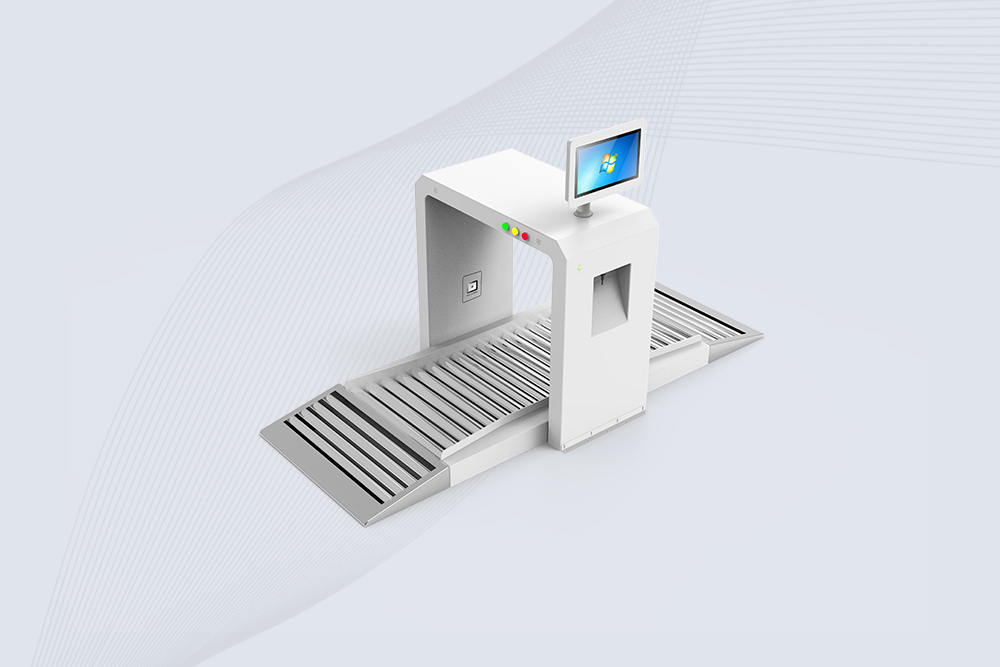
Cykeo CK-TP2C RFID tunnel reader verifies 400+ items in 3 seconds with 4-antenna array and PLC control. Ideal for warehouse inventory management with 99.9% accuracy.
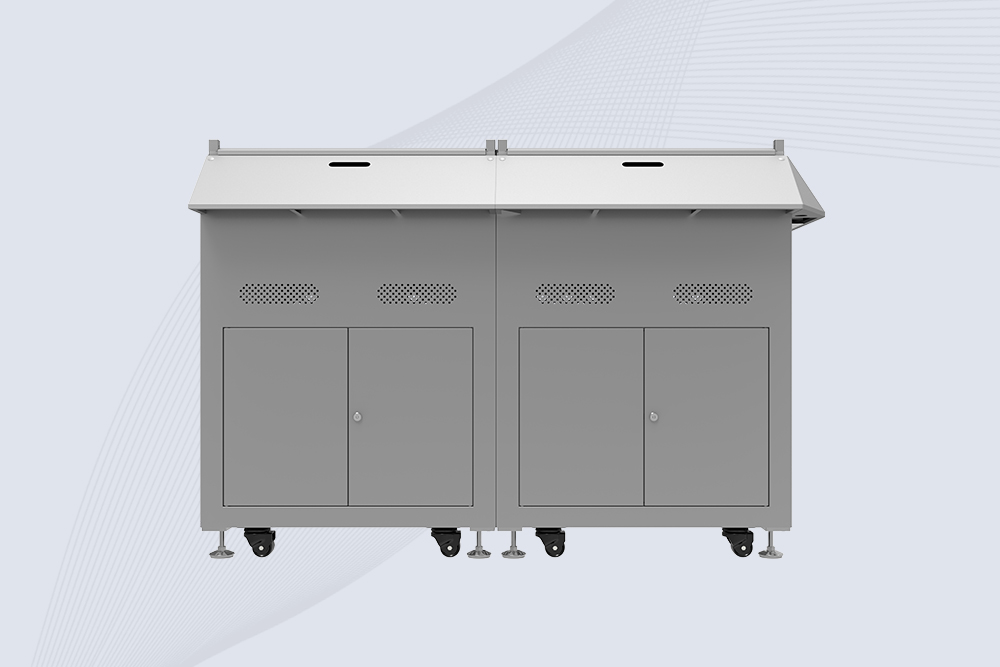
Cykeo CK-S1 RFID library book return sorting system processes 1200 books/hour with modular design and dual-frequency RFID support. Ideal for automated library book sorting and categorization.

Cykeo CK-TP4A retractable RFID gate processes 1000+ items in 10 seconds with expandable width design. Ideal for large-scale utility, hotel linen, and apparel inventory management.
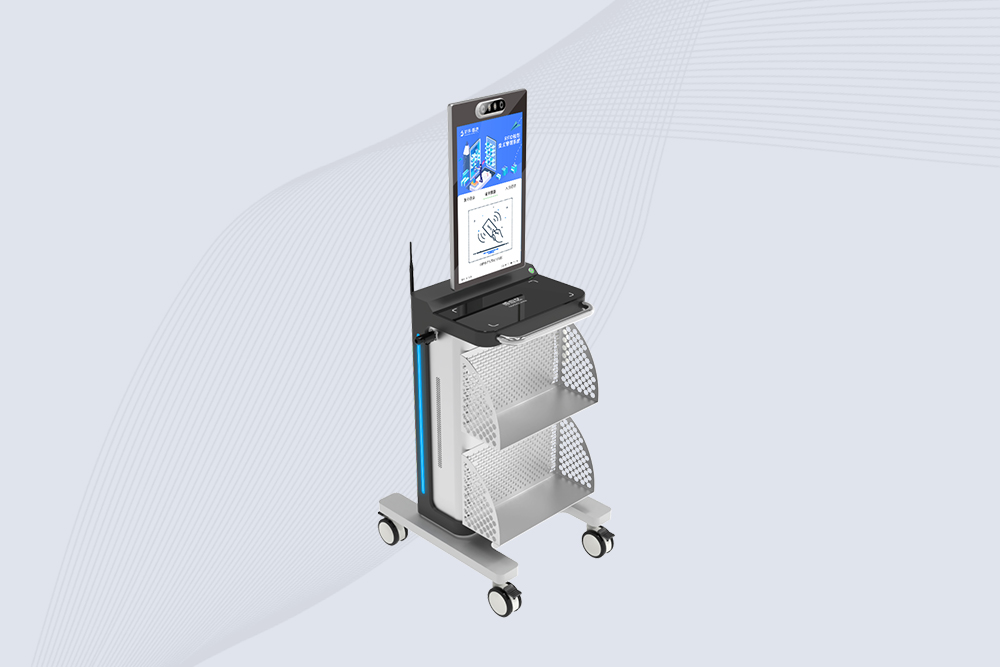
Cykeo CK-C1B RFID to track inventory system features 800+ items/hour scanning, telescopic antenna, and real-time shelf analytics for libraries/warehouses. Supports Windows/Android OS.

Cykeo CK-C1A RFID tag inventory system features vertical 2.2m manual lift, dual antennas, and Android/Windows OS for warehouse/library inventory. Supports SAP/Oracle integration.

Cykeo CK-T8B industrial rfid gate access system offers 1.85m scanning corridor, 99.6% read accuracy, and Windows/Android OS for production line verification. Supports SAP/Oracle integration.
provide detailed analysis from the perspectives of installation preparation, methods, and precautions.
MoreDiscover the key factors to consider when selecting a handheld RFID scanner for your business, from durability to software compatibility. Make an informed choice.
MoreCompare passive and active RFID tags: costs, range, and use cases. Discover which system (passive or active RFID) fits logistics, healthcare, or industrial tracking.
MoreWant to set up a long range RFID reader? This article shares DIY modules, commercial devices, antenna tweaks, selection tips, and hands-on experience to achieve reliable long-distance reading.
More